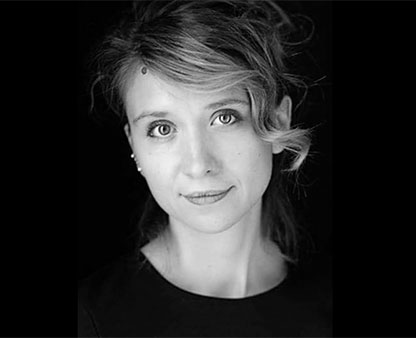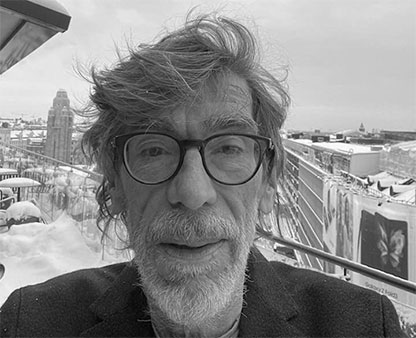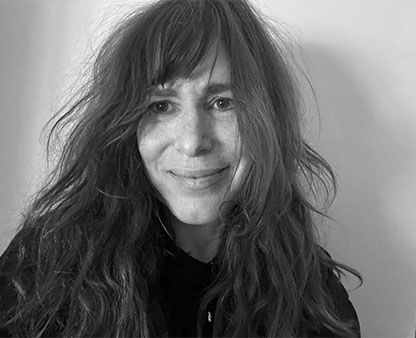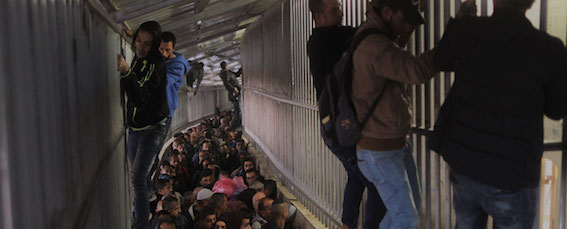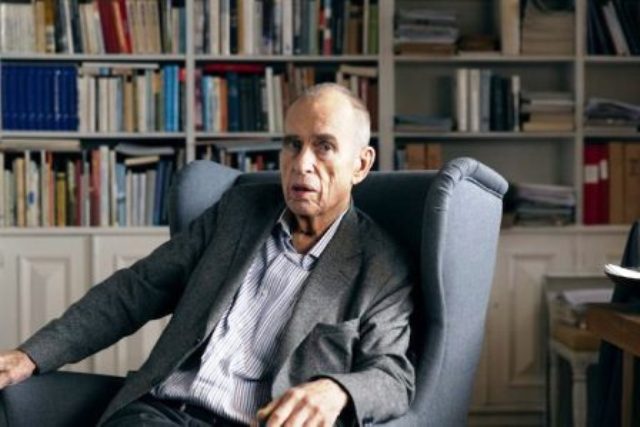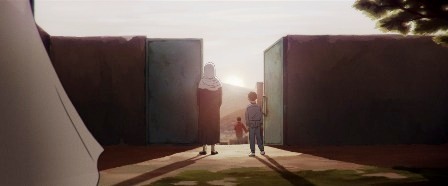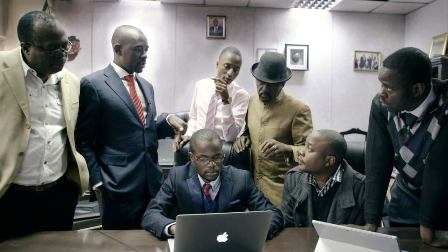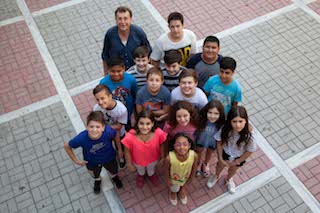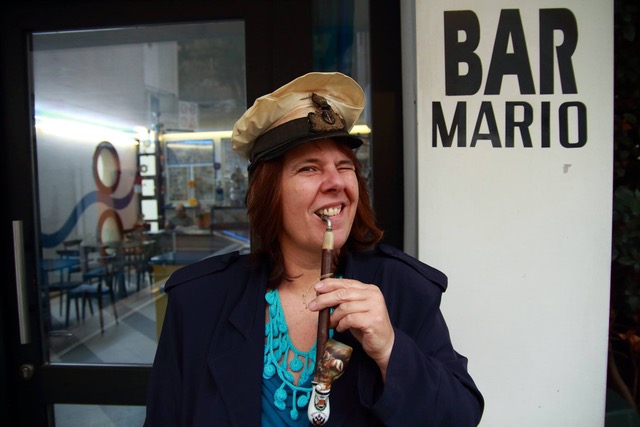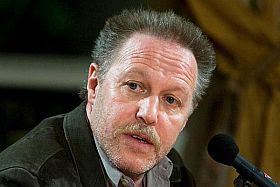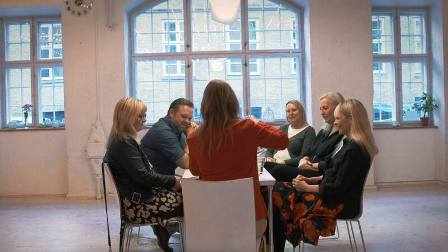This is a copy-paste of a press release from DocAlliance’s excellent platform DAFilms, written by Martin Černý:
The DAFilms streaming portal is paying tribute to Dušan Hanák, one of the most important Slovak directors, by presenting thirteen digitally restored films in what is the first online retrospective focused on his work. Hanák’s creative start dates to the 1960s, when the Czechoslovak New Wave began to attract interest with the films of Miloš Forman, Věra Chytilová, and Jiří Menzel at the head of the list. He made his first feature-length film – 322 – in 1969, one year after Czechoslovakia was occupied by Soviet-led troops. Despite the exceptional international success of his debut film, his next two works – Pictures of the Old World and Rosy Dreams – were relegated to the censor’s vault for many years. They were not acknowledged until after 1989, when they once again became accessible to public audiences. Originally condemned to be forgotten because of how they depict the raw reality of life under a totalitarian regime, today these films are admired for the filmmaker’s experimentation with documentary methods and how he portrayed life without any embellishment.
A film director, scriptwriter and photographer, Dušan Hanák is one of Slovakia’s most prominent filmmakers and also a key figure of the Czechoslovak New Wave. From the time they were first made to the present day, his films have attracted exceptional interest even abroad, and so the DAFilms platform is also presenting them on their international domains in Europe, the Americas, and Asia. Christopher Small, the DAFilms.com programme curator provides more details about this director’s work: “Dušan Hanák’s films are different from other films of the Czechoslovak New Wave because of the extent to which he used documentary methods even in his fiction films. He portrayed daily life under the Communist regime without any embellishment and with all of its negative consequences, and so it is not surprising that the regime found him uncomfortable. He has always approached his protagonists with extraordinary empathy, revealing all of their layers, and with a considerable dose of intimacy.”
Hanák studied directing at the Film and TV School of the Academy of Performing Arts in Prague (FAMU) from 1960 to 1965, during the cultural upswing from which the Czechoslovak New Wave emerged. He did not start making feature-length films until after the occupation of Czechoslovakia. The DAFilm platform’s Dušan Hanák Retrospective will present all of his feature-length films. The first – his feature-length film debut – is the psychological drama 322 (1969) about the sickness of an individual and the sickness of society. This is followed by the comedy Rosy Dreams (1976), which tells the story of the village postman Jakub and the young Roma woman Jolanda; the tragicomedy I Love, You Love (1980) centred around a bachelor but also an emotional testimony about people living on the periphery of society; and two psychological films: Silent Joy (1985) about a 36-year-old nurse and her search for the meaning of life, and Private Lives (1990), which tells the story of two step-sisters.
The collection also includes Pictures of the Old World (1972), which is one of the most recognised Slovak feature-length documentaries of all time. In it, Hanák presents vivid portraits of old people living in Slovakia’s rural regions, all of whom continue to live in a state of inner freedom even within civilisation’s chaos and uncertainty. His second feature-length documentary is also included – Paper Heads (1995), about the relationship between citizen and power, and the various ways in which human rights were violated in Czechoslovakia between 1945 and 1989.
Many of Hanák’s films have received prestigious awards. His debut fiction film 322 won the Grand Prize at the Mannheim-Heidelberg International Film Festival, and his first feature-length documentary Pictures of the Old World (1972) was successfully presented around the entire world, and received prizes in Nyon, Munich, and Montreal as well as the Los Angeles Film Critics Association Award for best documentary film. Both Rosy Dreams and I Love, You Love also enjoyed international success, with the latter earning Hanák a Silver Bear at the Berlin International Film Festival.
Dušan Hanák is a holder of the Slovak Pribina Cross, 1st Class . He has also received awards for his lifelong work and exceptional contribution to international cinematography at the festivals held in Bergamo, Karlovy Vary, Trieste, and Sofia. All of the films presented in the DAFilms retrospective have been digitally restored under the supervision of the Slovak Film Institute, which is a partner in the project. The Institute’s general director, Peter Dubecký, says: “We greatly value our collaboration with the DAFilms platform. It is important to us that the first complete retrospective dedicated to Dušan Hanák, an important filmmaker of the Czechoslovak New Wave, will be presented on DAFilms – not only because his films rank amongst the most significant works of Slovak cinematography and are the subject of great viewer interest as well as international acclaim, but also because his films bring even today’s viewers true honesty, authenticity and even humour.”
The Dušan Hanák Retrospective will be available on the DAFilms platform both to those who have a subscription as well as on the basis of payment for a single film. The cost is EUR 2.50 for a feature-length film and EUR 1.50 for a short film of up to thirty minutes.
https://dafilms.com/program/925-dusan-hanak-retrospective
